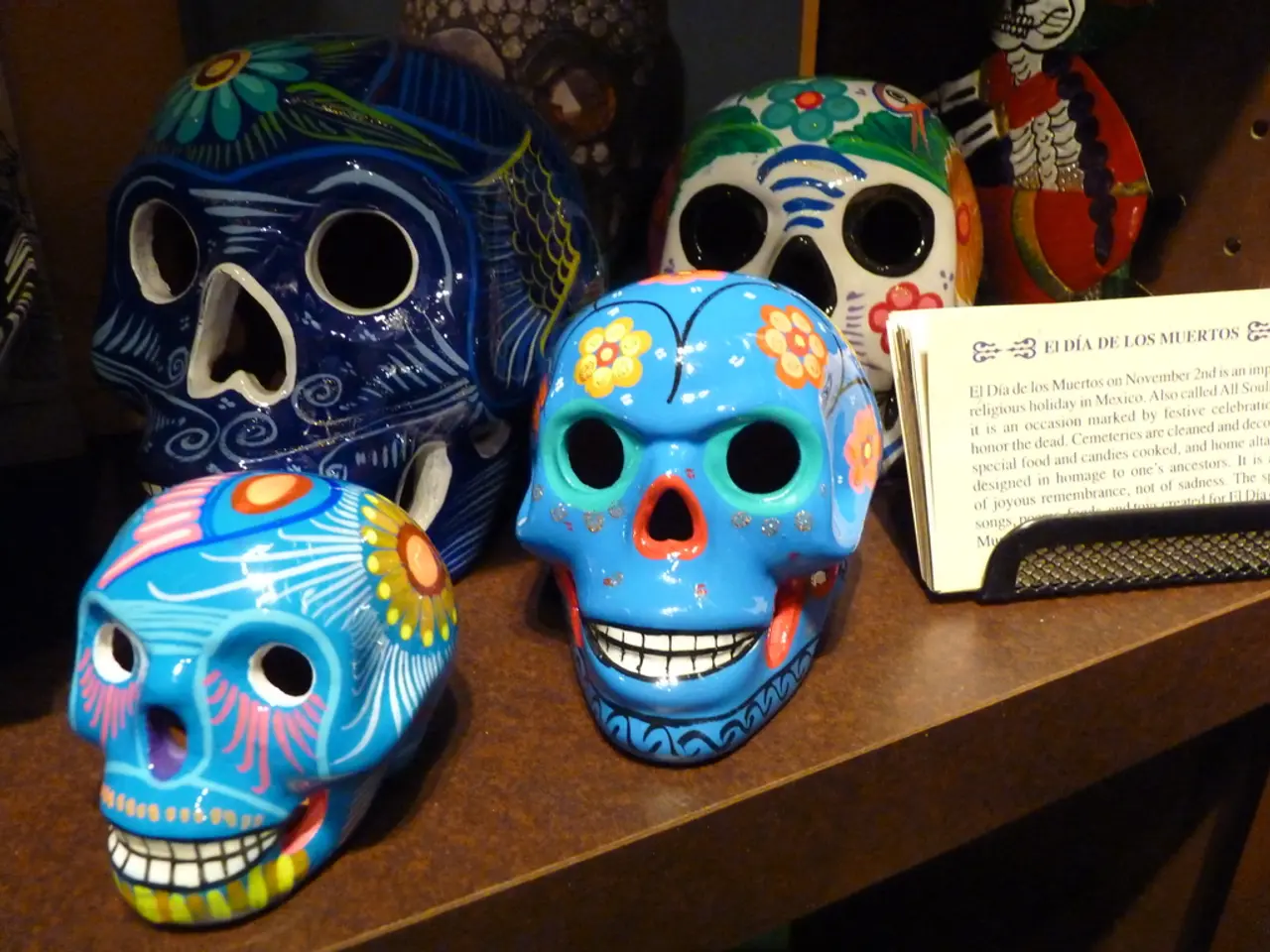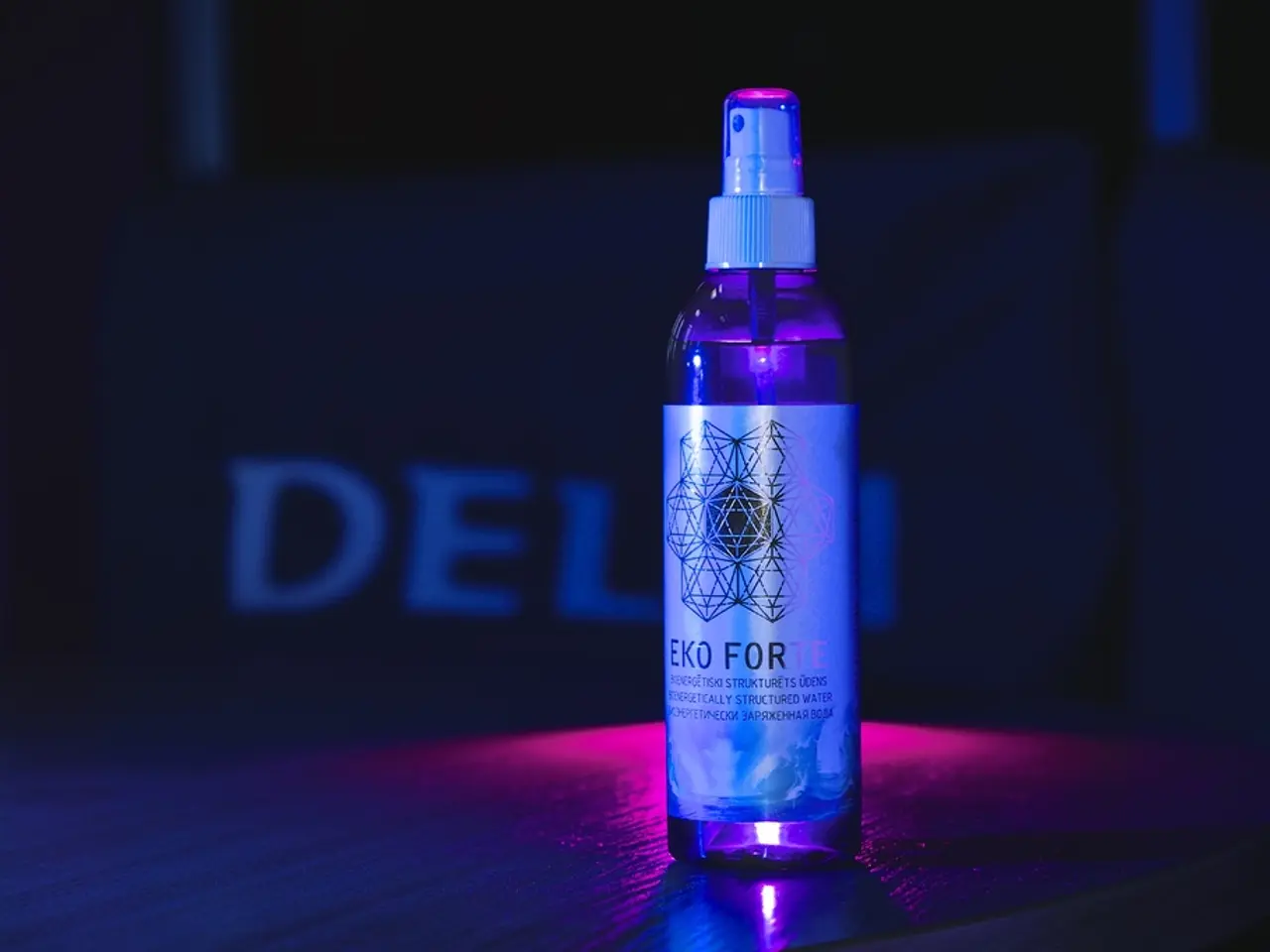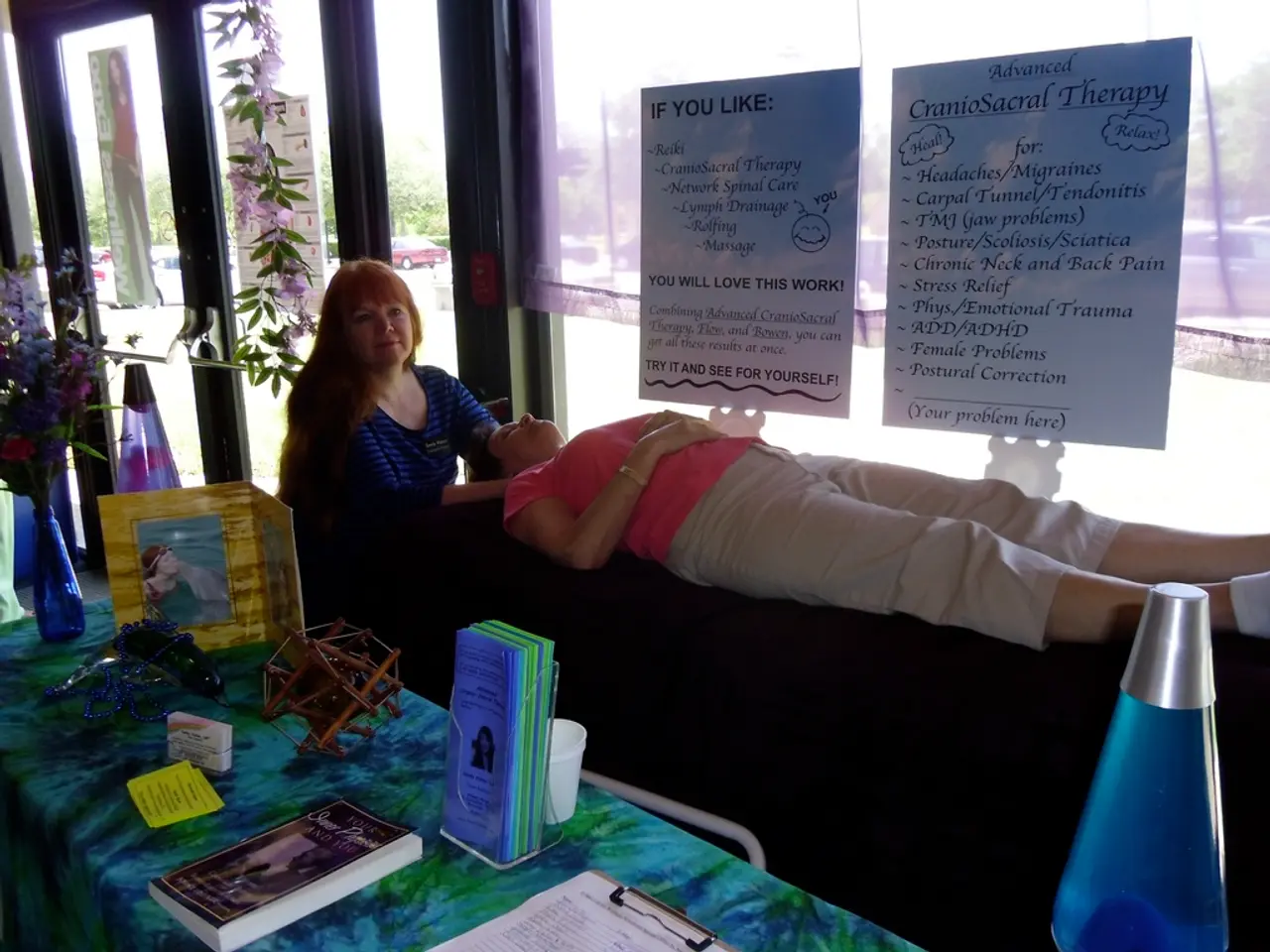Sensory Integration Phenomenon: The Reason Some Individuals Perceive Sounds as Colors and Have Combined Perceptions
In the realm of human perception, synesthesia stands out as a unique and intriguing phenomenon. This neurological condition allows some individuals to experience a crossover of senses, where stimulation of one sensory or cognitive pathway leads to automatic, involuntary experiences in a second sensory or cognitive pathway [1].
Types and Causes of Synesthesia
Synesthesia comes in many forms, each involving different sensory combinations. Common types include grapheme-color synesthesia, chromesthesia, auditory-tactile synesthesia, lexical-gustatory synesthesia, spatial-sequence synesthesia, and mirror-touch synesthesia [2]. Each type is characterized by the specific sensory modalities or cognitive domains involved.
The causes of synesthesia are not fully understood, but it is believed to result from atypical neural connectivity, particularly in areas of the brain responsible for processing sensory information [1]. For example, enhanced connectivity between areas processing graphemes and colors underlies grapheme–color synesthesia.
Influence on Creativity and Cognition
Synesthesia is often associated with heightened creativity, and many famous artists, musicians, and writers are thought to have been synesthetes [3]. Synesthetic experiences might promote curiosity, openness, and playfulness, aspects linked to creative output and cognitive flexibility.
Research suggests that synesthetes may have enhanced perceptual abilities, such as better memory or sharper sensory discrimination [4]. The cross-modal associations in synesthesia may foster creative thinking by allowing unique combinations of sensory ideas and novel mental imagery.
Advances in neuroimaging techniques, such as functional MRI (fMRI) and magnetoencephalography (MEG), have provided valuable insights into the neural mechanisms underlying synesthesia. Another theory proposes that synesthesia results from disinhibited feedback between higher-order and lower-order sensory areas [5].
In summary, synesthesia includes diverse forms characterized by particular sensory or conceptual cross-activations, caused by neurological differences in connectivity and processing. These experiences often enhance memory and sensory integration, supporting creative cognition through unique sensory associations and flexible mental representations.
- Intriguingly, individuals with synesthesia often exhibit heightened creativity, as synesthetic experiences may promote curiosity, openness, and playfulness, facilitating creative output and cognitive flexibility.
- The scientific community believes that synesthesia results from atypical neural connectivity, with specific cross-modal associations, such as grapheme–color synesthesia being driven by enhanced connectivity between areas processing graphemes and colors.
- Synesthetic experiences go beyond traditional creative fields and can offer insights into understanding and managing medical conditions like neurological disorders, due to their unique association across various sensory and cognitive domains.




